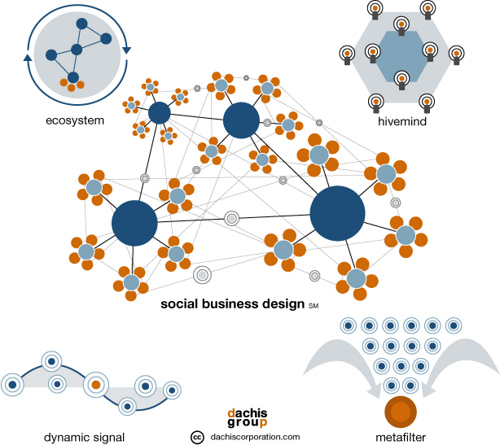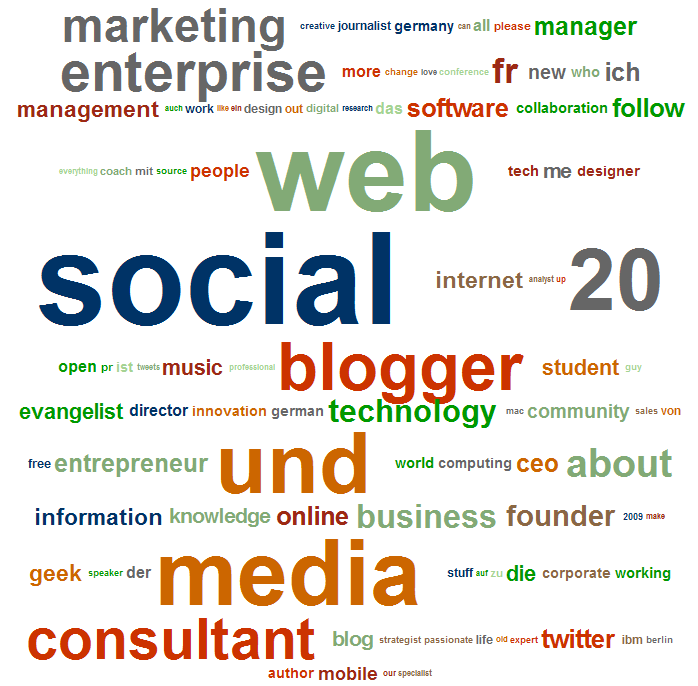These are my links for April 29th through June 12th:
- Digital Blog » Führungskräfte entdecken soziale Netzwerke – Offenbar konzentrieren sich Manager gern auf eine einzige soziale Plattform: In allen drei Netzen Twitter, Facebook und LinkedIn sind nur 18 Prozent der Befragten vertreten. Mit dem Engagement wächst auch die Bedeutung von Social Media für Führungskräfte: 78 Prozent der Teilnehmer waren zum Umfragezeitpunkt der Meinung, dass eine Strategie für Social Business wichtig für die Zukunft ihres Unternehmens sei.
- The Seven Cs of Social Learning: How Social Learning Technologies Can Meet Today’s Business Challenges – So, in the updated model, there are Seven Cs of social technologies: Content – in the forms of knowledge-based assets, experiences and expertise – this is where it all starts. Consumption – of content, as in usable, reference-able, searchable, tag-able and reusable. Contribution – of content that can and should be user-generated. Conversation – about content – it’s what makes it socially relevant to the business. Collaboration – with others over content – it’s goal oriented and how we get things done socially. Connections – made with others regarding content. In competitive business, it’s not just what you know, but who you know. Once connections are made, vicarious reinforcement follows. Control – this is the most important and relevant “C” enterprises are dealing with today. Social learning technologies should enable customers to govern the continuum of openness and control as it applies to their business. Social technologies should enable providers and users to navigate the Seven Cs while remaining meaningful to the workflow of the business.
- 10 echte Thesen zur Zukunft von Social Media – The Missing Manual für die BVDW-Thesen zu Social Media | Von Kai Heddergott | Kommunikation – zweinull – Social Media ist ständiges ausprobieren: Social Media ist – einmal gestartet – ein kontinuierlicher, zyklischer Prozess, der immer wieder auf Tauglichkeit geprüft und gegebenenfalls angepasst werden muss. Social Media ist keine einmalige Angelegenheit.
- Increase Teamwork Through Better Office Design | Conspire: A Mindjet Publication – Collaborating is challenging enough without having to work in an underperforming work environment. It’s time to step back and take a look at how your workspace is performing and make the necessary adjustments so that it is less obstacle for you and your team to overcome.



